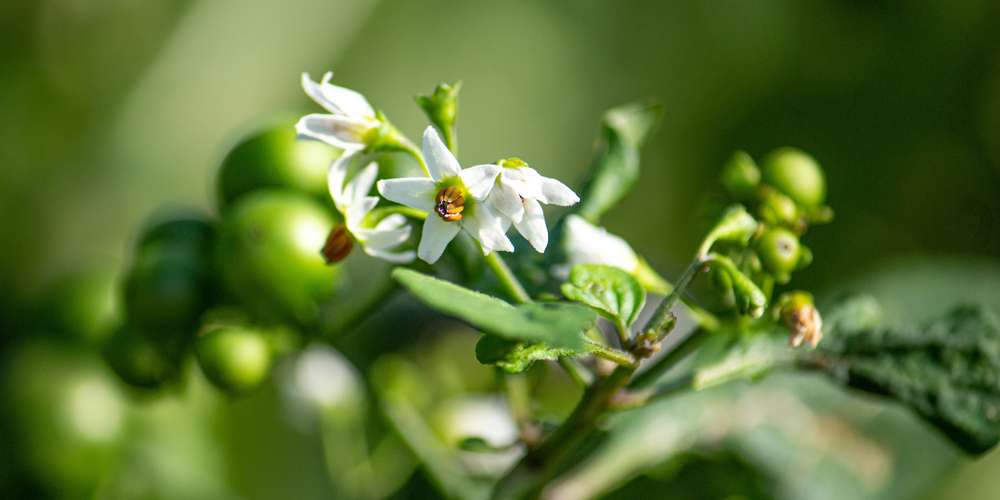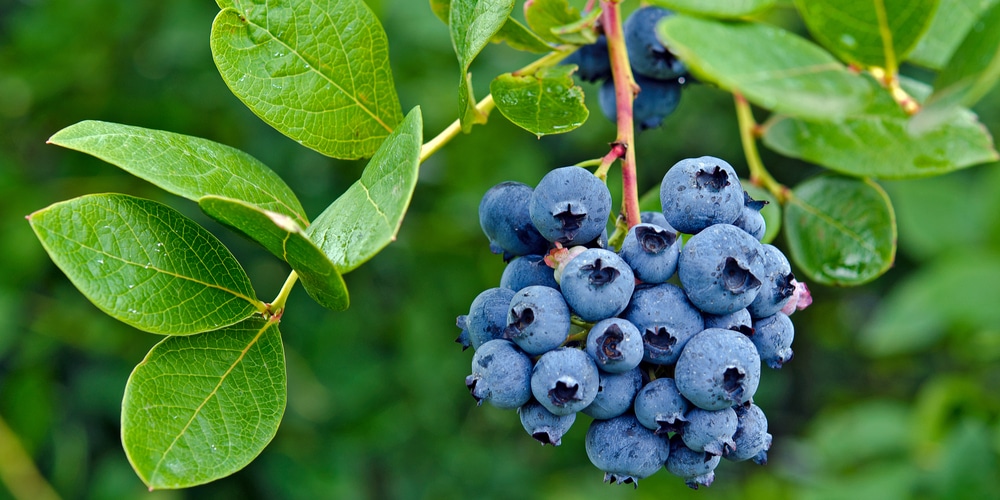Blueberries and huckleberries look similar and have interchangeable uses for recipes and health benefits. What are the distinct differences between these two fruits? How can you tell them apart? Let’s compare blueberries vs. huckleberries.
What Is a Blueberry?

Blueberries are small, plump berries that grow on bushes or shrubs. Blueberries are native to North America, specifically the eastern and northern regions. Some species grow as far north as Alaska, while others almost reach parts of South America.
Blueberry harvesting season lasts from May until August depending on the variety your area grows. Blueberries ripen when they turn deep blue. People enjoy this fruit in jams, jellies, pies, and cobblers. Of course, they are also tasty right from the plant!
Blueberries provide many benefits aside from delicious taste. They are high in antioxidants and vitamins. Blueberries may also help manage blood sugar levels and reduce inflammation.
What Is a Huckleberry?
A huckleberry is a type of fruit that grows on shrubs throughout the Pacific Northwest. These shrubs grow up to 15 feet, with thick green leaves. Harvest the fruit in the early fall, after the shrub flowers, and produces delicious berries.
Huckleberries get their name from the combination of two words — hurtleberry and whortleberry, European names for a blueberry.
When ripe, huckleberries are deep blue or violet. Many people enjoy the fruit as a spread on toast or in desserts like pie. Others use huckleberries as homeopathic medicine, treating cholesterol and improving heart health.
Blueberries vs. Huckleberries: Main Differences
At first glance, huckleberries and blueberries appear similar since they belong to the same plant family. However, there are subtle differences between the two fruits in categories like:
- Appearance
- Uses
- Taste
- Area of Growth
Continue reading for a detailed review of these similarities and differences.
Appearance
Generally, blueberries and huckleberries appear similar if you purchase them from grocery stores. However, blueberries and huckleberries have subtle differences worth noting.
In terms of growth pattern, blueberries grow in clumps or clusters while huckleberries grow individually. Blueberry bushes are typically taller than huckleberry bushes, too.
Huckleberries have more color variety than blueberries. Huckleberries are red, black, and blue, while blueberries are blue, hence their name. When you bite a blueberry, you notice a yellowish-white interior, while huckleberries have much darker insides.
Huckleberry seeds are hard and usually left uneaten due to their bitter taste. Blueberry seeds are small, soft, and tasteless.
Uses
Most people substitute blueberries and huckleberries interchangeably in the kitchen because of their similar tastes. Generally, people prefer using blueberries because they are cheaper and more popular in grocery stores.
Huckleberries are difficult to find, as they are a rare commodity. Most people have to rely on finding huckleberries in the wild. Many Pacific Northwest states have farms that allow visitors to go huckleberry picking when they are in season.
Taste
While people use blueberries and huckleberries interchangeably, there are some differences in their flavor profiles. Both share a sweet taste to a certain extent, depending on the type. Generally, blueberries taste the same regardless of variety. Huckleberries, on the other hand, taste different depending on the berry’s color.
All huckleberries taste tart compared to blueberries, with red huckleberries tasting the tartest. However, for desserts like pies, adding extra sugar tames the tart flavor.
Area of Growth
Blueberries and huckleberries grow in similar hardiness zones, a geographical area where a plant would best thrive. Both these berries grow best in climates with moist, acidic soil, which covers most of Eastern and Northwestern North America. Blueberries are more sensitive to climate, depending on the variety.
If you plan to grow blueberries or huckleberries, check your hardiness zone first!

